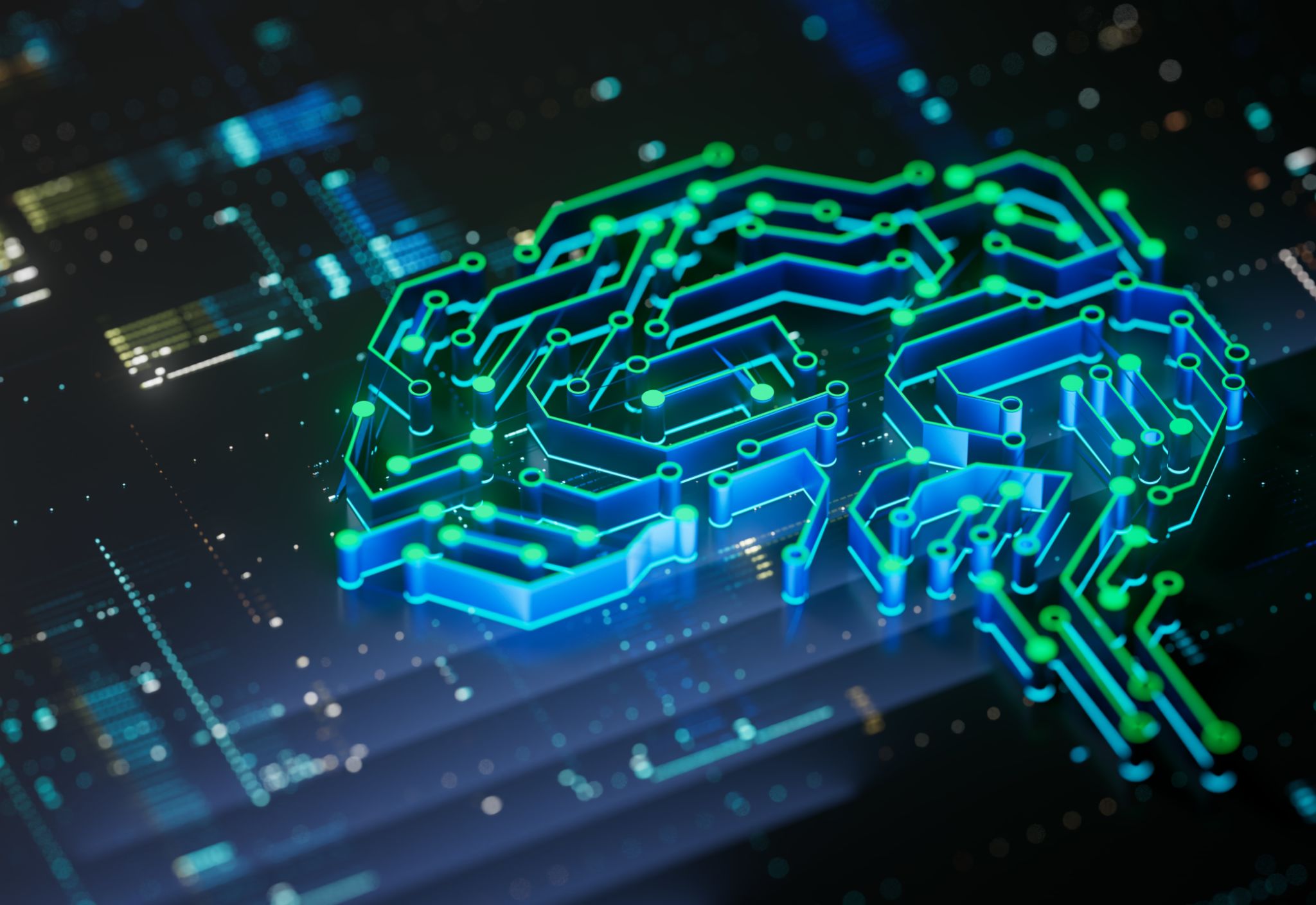The Future of Windows with AI: Innovations and Implications
The Integration of AI in Windows: A New Era
The integration of Artificial Intelligence (AI) into the Windows operating system marks a significant leap forward in technology. As AI becomes more sophisticated, its implementation within Windows is set to revolutionize how users interact with their computers. This transformation promises to enhance productivity, streamline processes, and offer a more personalized user experience.
The core objective of integrating AI into Windows is to make the operating system more intuitive and user-friendly. By utilizing machine learning algorithms, Windows can adapt to the individual habits of users, predicting their needs and offering solutions before problems even arise. This capability not only enhances efficiency but also saves valuable time for users.

AI-Powered Features in Windows
Virtual Assistants and Voice Commands
One of the most visible manifestations of AI in Windows is the use of virtual assistants like Cortana. These digital assistants leverage AI to process natural language commands, allowing users to perform tasks through voice interaction. This hands-free operation is particularly beneficial in multitasking scenarios, increasing accessibility for various user groups.
Furthermore, AI enhances the accuracy of voice recognition, making it easier for users to dictate documents, send emails, or even control other smart devices connected to their system. The ability to execute commands swiftly without manual input represents a significant advancement in user interface design.

Smart Security Measures
Security is a top priority for any operating system, and AI is playing a crucial role in bolstering Windows' defense mechanisms. AI-driven security features can detect unusual patterns or behaviors indicative of cyber threats. This proactive approach allows for real-time responses to potential breaches, ensuring data integrity and user privacy.
Moreover, AI aids in managing user authentication processes through biometrics. Facial recognition and fingerprint scanning have become more secure and reliable, thanks to continuous learning algorithms that refine accuracy over time. These advancements offer a seamless and secure login experience for users.

Implications for Businesses and Developers
The integration of AI into Windows also carries significant implications for businesses and software developers. For enterprises, AI-powered Windows features can optimize workflow management and improve decision-making processes by analyzing large datasets quickly and accurately.
For developers, the growing emphasis on AI in Windows opens up new avenues for innovation. Developers can create more intelligent applications that leverage the power of machine learning to deliver superior performance and advanced functionalities. This shift encourages the development of applications that can learn and adapt over time, providing more value to end-users.

Challenges and Considerations
Despite the promising advancements, integrating AI into Windows is not without its challenges. Ensuring data privacy and overcoming biases in AI algorithms are critical concerns that need addressing. Developers must prioritize transparency in AI operations and maintain ethical standards to gain user trust.
Additionally, as AI systems become more complex, there is a growing need for skilled professionals who can manage and maintain these technologies. Investing in education and training is essential to equip the workforce with the necessary skills to navigate this AI-driven landscape.
The future of Windows with AI is undoubtedly exciting. As technology continues to evolve, so will the capabilities of Windows, offering users unprecedented levels of convenience, security, and functionality.